The Moza SR-P Pedal in a nutshell
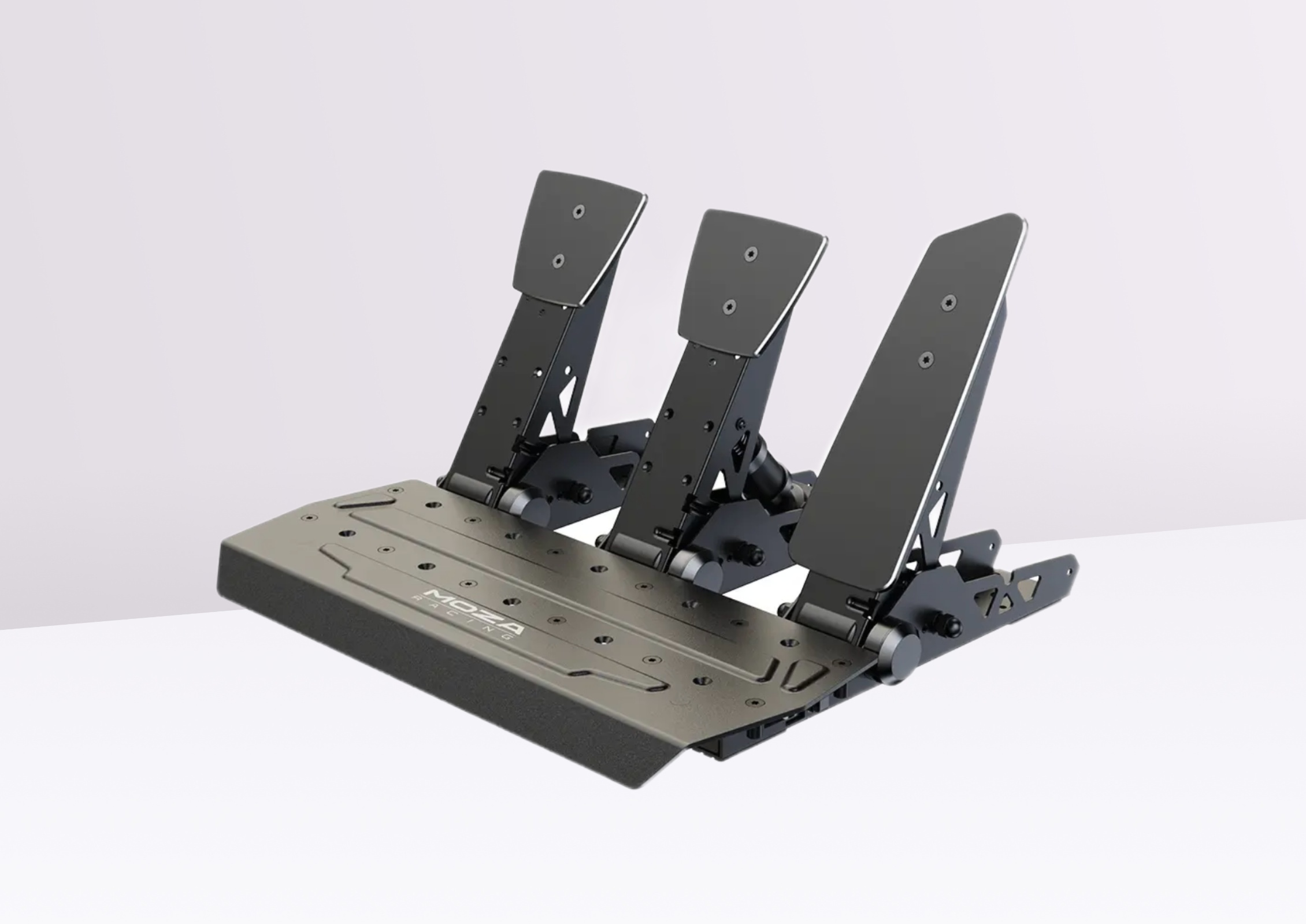
Advantages & Disadvantages
✅ Excellent build quality
✅ Good pedal adjustability
✅ Max 100 kg pressure on Load Cell brake
❌ Price a bit high
ㅤ
Sim-racing peripherals manufacturer Moza has been trying to make a name for itself in the industry for a number of years now, and I have to say that it’s doing rather well for itself. The brand has quickly conquered the international virtual racing market with a comprehensive, competitive and well-priced product range.
Today, Moza offers 6 Direct Drive bases, 6 steering wheels, 3 pedalboards, dashboards, a handbrake, a shifter and many other accessories. But the manufacturer still has some way to go, not least in terms of console compatibility. Apart from the Xbox-compatible R3 bundle, the rest of Moza’s range is PC-only, and this penalizes this manufacturer of sim-racing peripherals.
Nevertheless, we have to say it: Moza’s products are good, whether in terms of price (not always), quality, materials, feel, and so on. Among the brand’s catalog, we have 3 pedalboards available: the SR-P-Lite, which is the most basic, the SR-P, which adds Load Cell, and the CR-P, which is the manufacturer’s top-of-the-range model with Load Cells on all 3 pedals. In what follows, I’ll introduce you to the mid-range model, the SR-P.
Main features and technical specifications of the crankset
- All-metal structure
- Load Cell for up to 100 kg brake pedal force
- Angle sensor on pedals
- Available in 2-pedal version, with clutch kit
- 16-bit interface for angle sensors
- PC compatible via USB only
- Optional Load Cell accessory kit available
SR-P Pedal design
From the outset, Moza has, in my opinion, succeeded in the design of all its products. This is also true of the SR-P. The front plate holds the pedals and doubles as a footrest. At the rear are the pedals, including the gas pedal, which is a very good size, reminiscent of those used in pre-mium cars. The black dress covers the entire pedal assembly, and it’s beautiful as far as I’m concerned. Only the brand logo on the footrest is featured on this plate, but it’s successful and above all discreet.
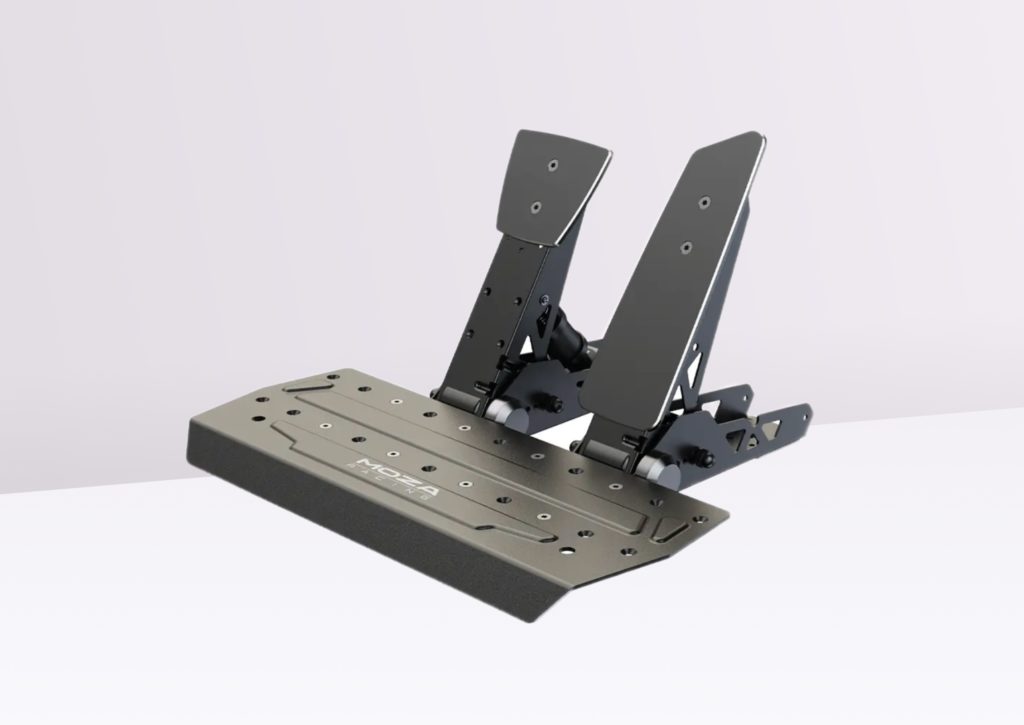
Customized assembly
Technically, this pedalboard can be used on parquet or carpet floors, but I’m not a fan of the idea. Even if the Load Cell only takes 100 kg max, that’s still enough pressure to send the crankset tumbling like you’re on a skating rink, even with the pads included in the package.
As a result, I’d advise you to use a chassis with this crankset, and even a steering wheel mount will do just fine. Another point worth mentioning is that the SR-P is delivered completely disassembled, and the task of assembling it will fall to you. But rest assured, it’s not at all rocket science; each pedal holds together with a total of 4 screws.
Manufacturing and finishing
Moza used “high-strength” reinforced steel, as they say on their website, for the entire structure of the crankset. From the front plate to the pedals, and it’s really solid for a crankset that doesn’t come cheap.
The build quality is very good, on all parts. I didn’t notice anything alarming in terms of construction, whether it be the pedals, their parts or the footplate. Quite frankly, it’s a good product that has gone through rigorous quality control.
As for the finish, the paint is powder-coated to increase the grip of your feet on the crankset. But this is mainly on the footrest. On the pedals, it’s slightly smooth, but I must say it grips well. Also, the paintwork is well finished throughout, which isn’t at all surprising given Moza’s experience.
Getting to know the pedals
The SR-P is a mid-range product, quite standard I must say. There are 11 holes on the plate, allowing you to customize pedal placement. By default, the SR-P comes in a 2-pedal configuration, but you can add a clutch pedal, sold separately.
As I mentioned above, this crankset is highly adjustable on the pedals, be it their spacing, plates, tilt and the whole shebang. All you need to do is spend a little time on it to find the right configuration for your feet. Honestly, it’s quite a change from other brands’ cranksets that limit pedal adjustability.
Sensations during play
For the feel, I’ll start with the accelerator pedal if you don’t mind. As for the feel, it’s very linear under your right foot. Resistance is present, but extremely diluted in my opinion, which isn’t really a bad thing if you ask me. As soon as you press down hard on the throttle, the pedal is rapidly depressed, and the angle sensor directly transmits the information that you’re at 100%. It works well because it’s very precise, but it does take a little getting used to.
For the clutch, if you’ve opted for the kit, it’s exactly the same as with the gas pedal: there’s very little resistance, which is frankly very good for heel-toeing.
Now for the main course: the brake Load Cell. For the record, you have a choice of different springs and elastomers to fine-tune your brake pedal to your preferences. Once you’ve set it up properly, it feels really good. The system is 2-stage, and the spring is linear until it reaches the second-stage elastomer. At this point, the crankset gives you a certain range of movement when you reach the elastomer, making you think you’re braking just like on a real car. Not at all like the competition in the same segment. I really liked the SR-P’s Load Cell brake, as it gives you pretty much everything you’d expect from a good system: fairly light at first, and firm on the second stage, with some movement to register braking pressure.
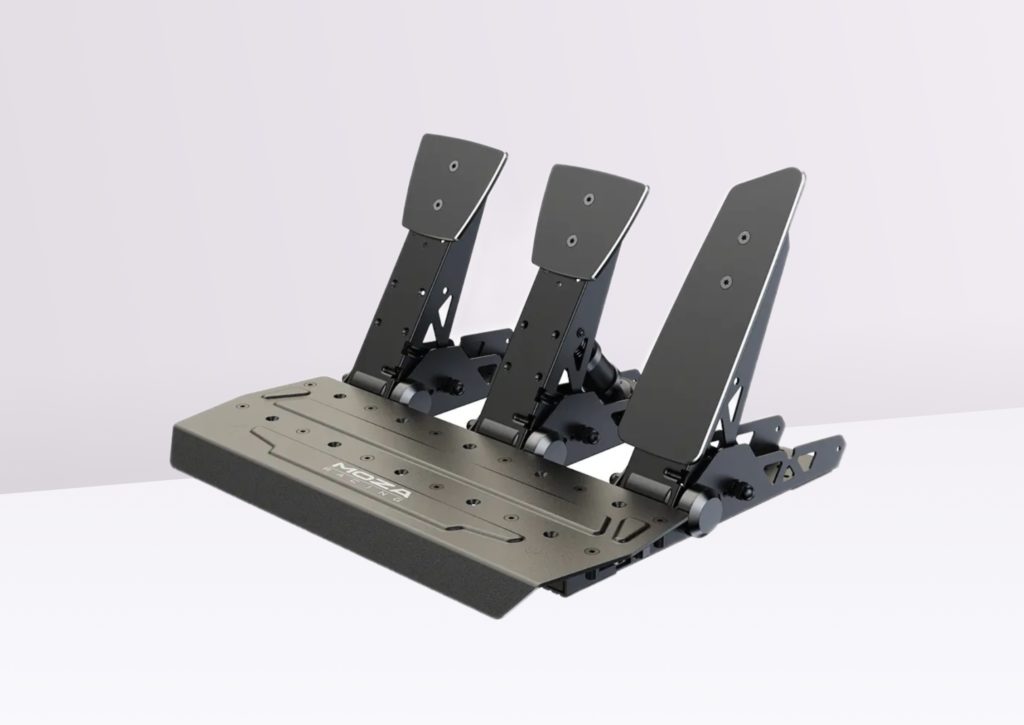
SR-P Pedals compatibility
The SR-P is PC-compatible only, and it’s on this point that we can see that the competition has dug a very wide trench with Moza. Virtually all other brands offer console-compatible peripherals, but Moza is limited to the PC.
Like the CR-P, the SR-P is compatible not only with the Moza ecosystem, but also with other sim-racing bases and setups, thanks to a unique USB plug. As a result, you can connect this pedalboard directly to your PC.
Price-performance ratio
Retailing at €179, the SR-P offers average value for money, especially when compared to a Fanatec CSL Pedals LC. Why is that? Well, the Fanatec costs exactly the same, but has 3 pedals. To bring the SR-P up to the same level, you’ll have to shell out an extra €44, and that puts it in the territory of the CSL Elite V2, which is clearly superior between us.
Nevertheless, the SR-P’s build quality goes hand in hand with its price, and we end up with a truly high-quality product that offers excellent gaming sensations.
My verdict on Moza Racing’s SR-P Pedals
Although the SR-P is an excellent crankset for sim-racing, especially with its brake pedal, which comes very close to better-quality peripherals, it leaves me wanting more.
Sensations are certainly there, especially for the brake pedal, which is very good. There’s also the fact that the accelerator pedal is large, making heel-toeing much easier. And the clutch pedal is very smooth too. But the asking price for the 3-pedal version is quite high, in my opinion.
If you can find a special offer for the SR-P and its clutch kit for €200, then yes, I’d recommend this pedalboard, which will give you complete satisfaction. But if you can afford to invest a little more, then I recommend a Fanatec CSL Elite V2, which is compatible with consoles as well as PC, and costs just under €300.

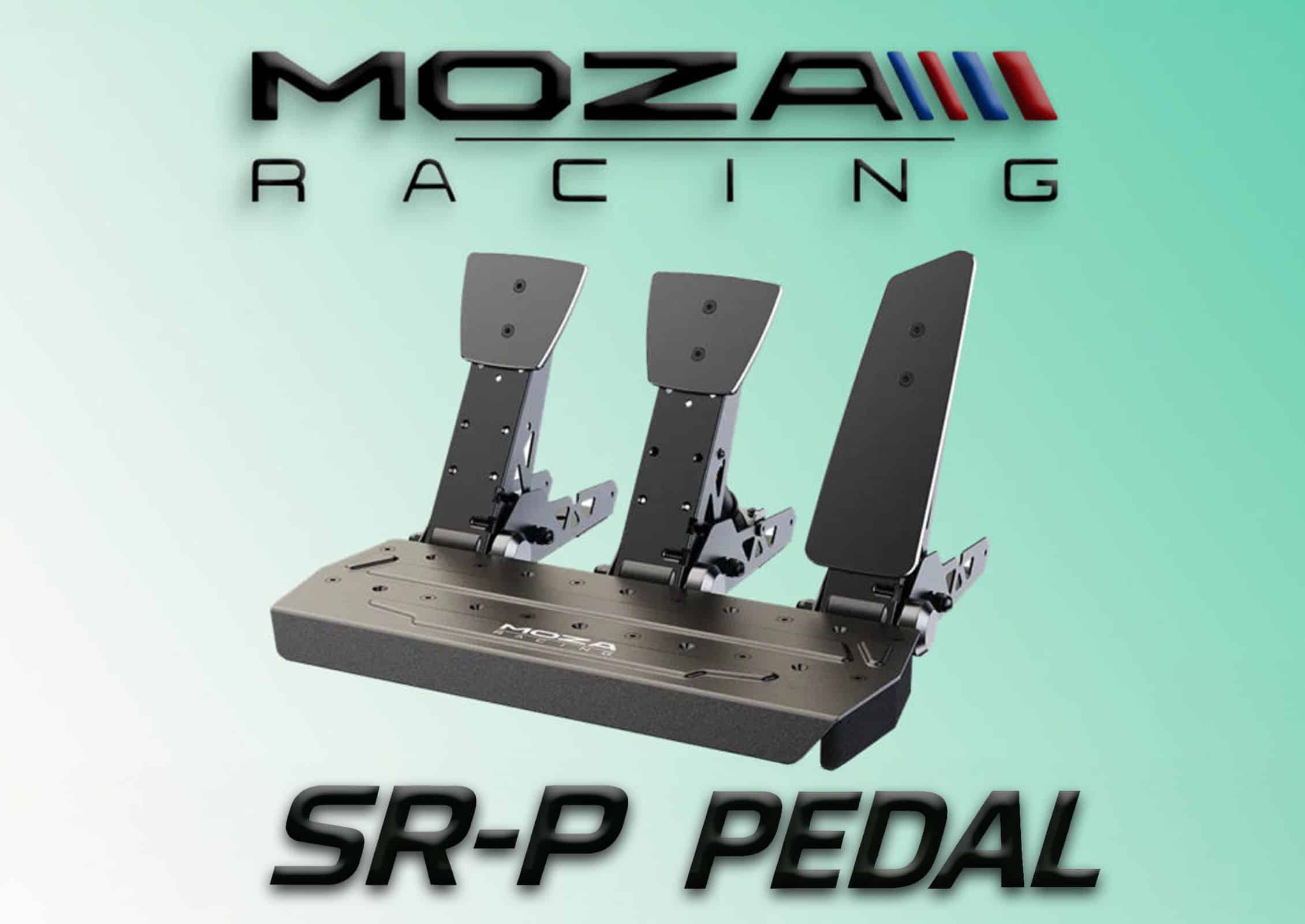



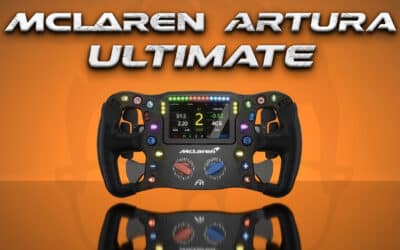
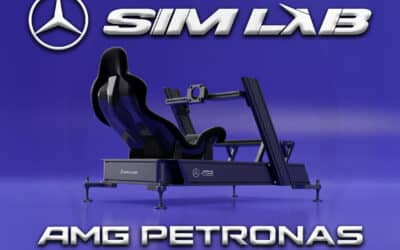
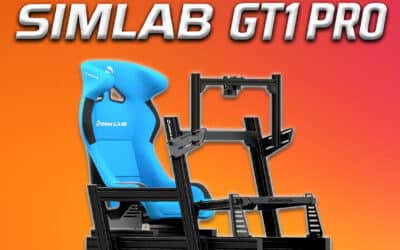
0 Comments